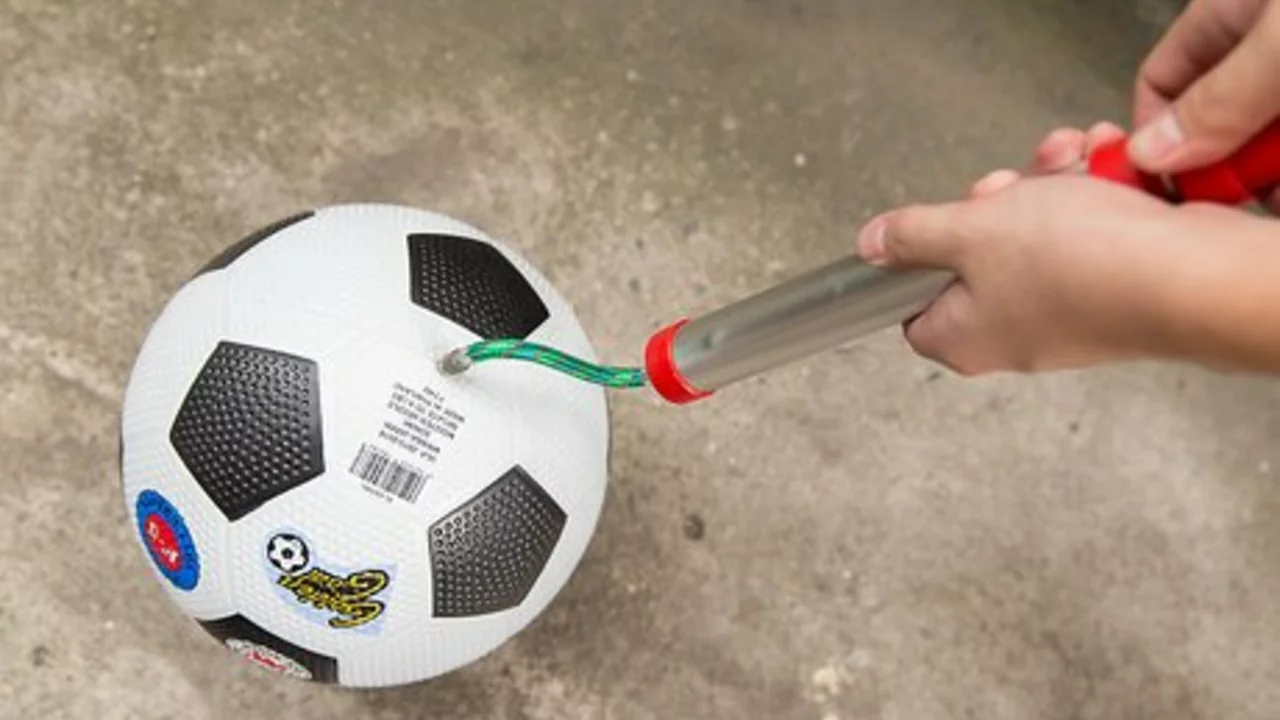Essential Sports Equipment for Soccer Fans
If you love the beautiful game, the right gear can make a big difference. Whether you play in the park, train with a team, or just want to support your club, knowing what to buy and why saves money and boosts performance.
Choosing the Right Gear
First thing first – shoes. A good pair of football cleats gives you traction, stability, and confidence on the pitch. Look for a fit that feels snug but not tight, and check the stud pattern. Firm ground studs work on most natural grass fields, while artificial turf shoes have shorter, more spread‑out studs.
Next up is the ball. A size‑5 match ball is the standard for adults, and most brands offer a range of prices. For practice, a slightly cheaper ball works fine, but for games you’ll want one with durable stitching and a consistent bounce.
Don’t forget protective gear. Shin guards are a must – they keep you safe from accidental kicks and are required in most leagues. Choose a pair that covers the whole shin, has a comfortable strap, and stays in place when you run.
Budget‑Friendly Options
Quality gear can be pricey, but there are smart ways to stretch your budget. Shop end‑of‑season sales – many retailers slash prices on last year's models. Those shoes may be a year older, but they still perform well.
Consider buying from official club stores or licensed online shops for authentic jerseys and accessories. While they can cost a bit more, you avoid counterfeit products that fall apart after a few washes.Another tip is to look for multi‑sport bundles. Some brands sell kits that include shoes, socks, and a ball at a reduced price. If you need all three, the bundle usually wins.
Finally, keep an eye on local sports markets or community boards. People often sell lightly used gear at a fraction of the retail price, and you can inspect the items before buying.
Getting the right equipment doesn’t have to be a chore. Start with the basics – good cleats, a reliable ball, and proper shin guards – then add extras like training cones or a portable goal as your budget allows. With these tips you’ll be ready to play, train, and enjoy soccer without breaking the bank.
Remember, the best gear is the one that fits you well and makes you feel confident. Test anything you can before you buy, read a few quick reviews, and trust your gut. Happy playing!
What is the proper air pressure for a soccer ball?
In my recent exploration, I found out that the proper air pressure for a soccer ball is quite important. According to official soccer rules, the ball should be inflated to a pressure between 8.5 to 15.6 psi (pounds per square inch). The variation in pressure can change the ball's performance, making it either too bouncy or too sluggish. Therefore, maintaining the right pressure is crucial for a fair and enjoyable game. It's always best to have a pressure gauge handy to ensure the ball is properly inflated for the game ahead.
Kieran Donovan | Jul, 12 2023 Read More
